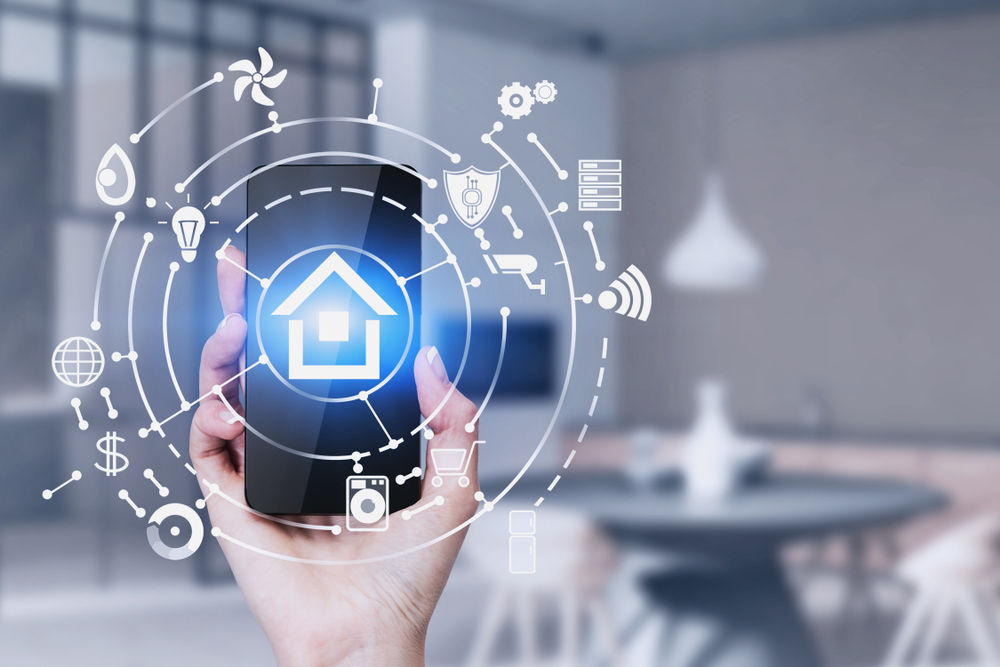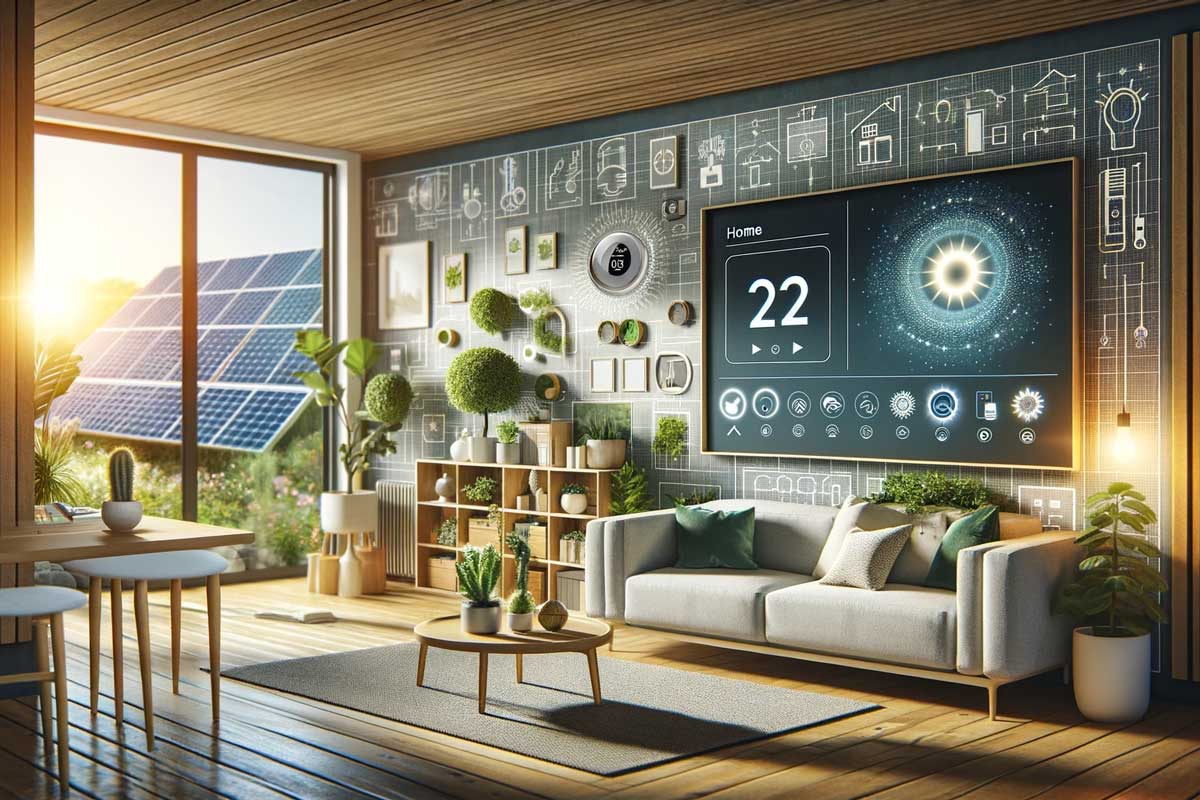
Green Smart Homes for Eco-Conscious Professionals: A Modern Lifestyle Shift
Share
In today's rapidly advancing world, the concept of Green Smart Homes for Eco-Conscious Professionals is gaining significant momentum. As more individuals, particularly tech professionals and tech enthusiasts, become increasingly aware of environmental impacts, integrating smart technology into our living spaces offers a compelling solution. This article delves into how embracing green smart homes can transform lifestyles, reduce carbon footprints, and support a sustainable future.

Understanding Green Smart Homes
Green smart homes blend smart technology with environmentally friendly practices to create a sustainable living environment. These homes utilize advanced systems to manage energy consumption efficiently, ensuring minimal waste and maximum comfort. By integrating IoT devices, renewable energy sources, and automated systems, homeowners can significantly reduce their ecological impact while enjoying the benefits of modern technology.
Key Features of Eco-Friendly Smart Homes
The primary features of green smart homes include energy-efficient appliances, smart thermostats, automated lighting systems, and renewable energy solutions. These elements work together to reduce energy usage, lower utility bills, and contribute to a healthier planet.
Energy-Efficient Appliances
Modern energy-efficient appliances are designed to consume less power without compromising performance. By replacing traditional appliances with eco-friendly alternatives, homeowners can significantly reduce their energy consumption.
Smart Thermostats
Smart thermostats, such as those discussed in our article on Remote Access Leak Detection, allow users to control their home's heating and cooling systems remotely. These devices learn users' schedules and preferences, optimizing energy use and ensuring comfort while minimizing waste.
Automated Lighting Systems
Automated lighting systems, integrated into green smart homes, utilize motion sensors and timers to control lighting based on occupancy and natural light availability. This technology reduces electricity usage by ensuring lights are only on when needed.
Renewable Energy Solutions
Incorporating renewable energy sources, such as solar panels and wind turbines, is a significant step towards achieving a green smart home. These technologies harness natural energy, reducing reliance on fossil fuels and lowering carbon emissions. For more insights, read our piece on Renewable Energy Integration Trends.
Benefits of Green Smart Homes for Professionals
Green smart homes offer numerous benefits, particularly for eco-conscious professionals who prioritize sustainability in their daily lives. These homes provide an opportunity to lead by example, demonstrating the practicality and advantages of sustainable living.
Reduced Carbon Footprint
By employing green technologies and smart systems, homeowners can significantly reduce their carbon footprint. This reduction is crucial for those committed to combating climate change and promoting environmental responsibility.
Cost Savings
Investing in green smart home technology can lead to substantial cost savings over time. Energy-efficient devices and renewable energy sources lower utility bills, offering long-term financial benefits. For a deeper understanding of cost benefits, explore our article on Cost Benefits of Sustainable Automation.
Enhanced Quality of Life
Green smart homes offer a higher quality of life by providing a comfortable, efficient, and environmentally friendly living environment. The integration of technology enhances convenience and promotes a sustainable lifestyle, aligning with the values of many tech professionals and enthusiasts.
Future Trends in Green Smart Home Technology
As technology continues to evolve, the future of green smart homes promises even more innovative solutions. Emerging trends include the integration of AI for predictive energy management, advanced renewable energy systems, and enhanced connectivity between devices. For a glimpse into future innovations, read New Trends in Green Technology.
Implementing Green Smart Home Solutions
Adopting green smart home solutions requires careful planning and a commitment to sustainability. Professionals interested in transitioning to a green smart home can start by evaluating their current energy consumption, researching available technologies, and consulting with experts to create a personalized plan.
For further guidance on creating a sustainable living environment, consider exploring our post on Sustainable Automation for Urban Living.
Conclusion
The transition to Green Smart Homes for Eco-Conscious Professionals is not just a trend; it's a necessary evolution towards a sustainable future. By embracing smart technology and eco-friendly practices, tech professionals can lead the way in promoting environmental responsibility and creating a better world for future generations.

FAQs
-
What are green smart homes?
Green smart homes integrate smart technology with environmentally friendly practices to create sustainable living spaces. -
How do smart thermostats help in green homes?
Smart thermostats optimize energy use by learning user preferences and schedules, reducing waste and enhancing comfort. -
What future trends can we expect in green smart home technology?
Emerging trends include AI integration for predictive energy management, advanced renewable energy systems, and enhanced device connectivity.
